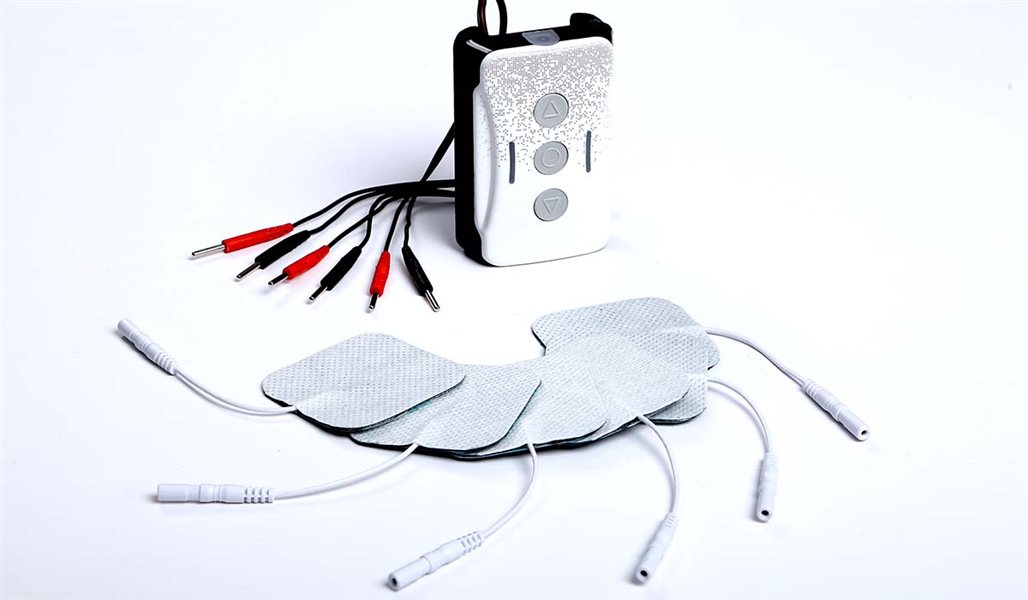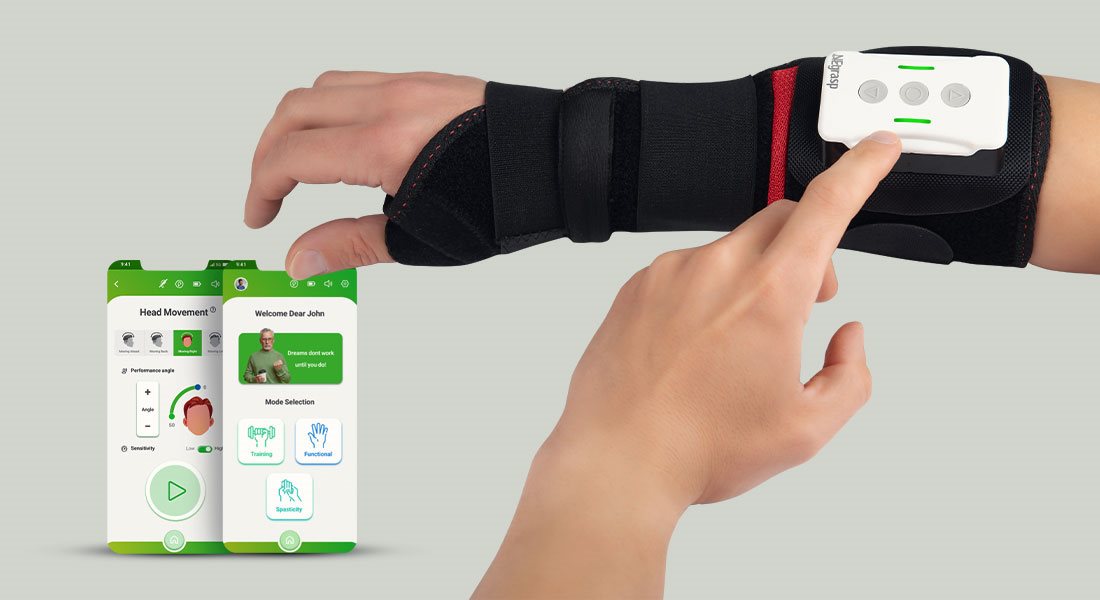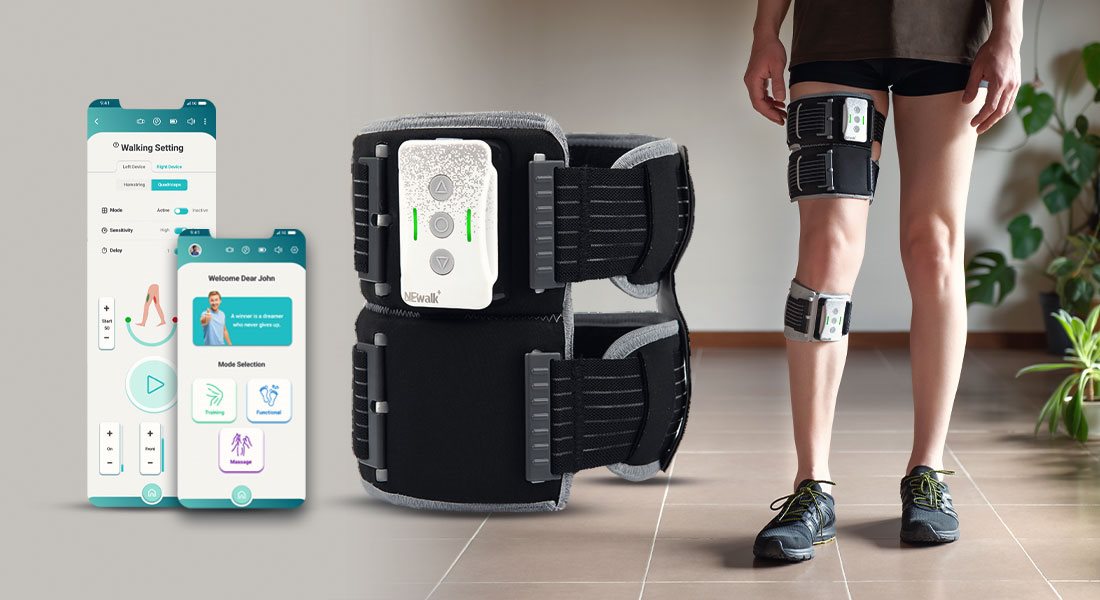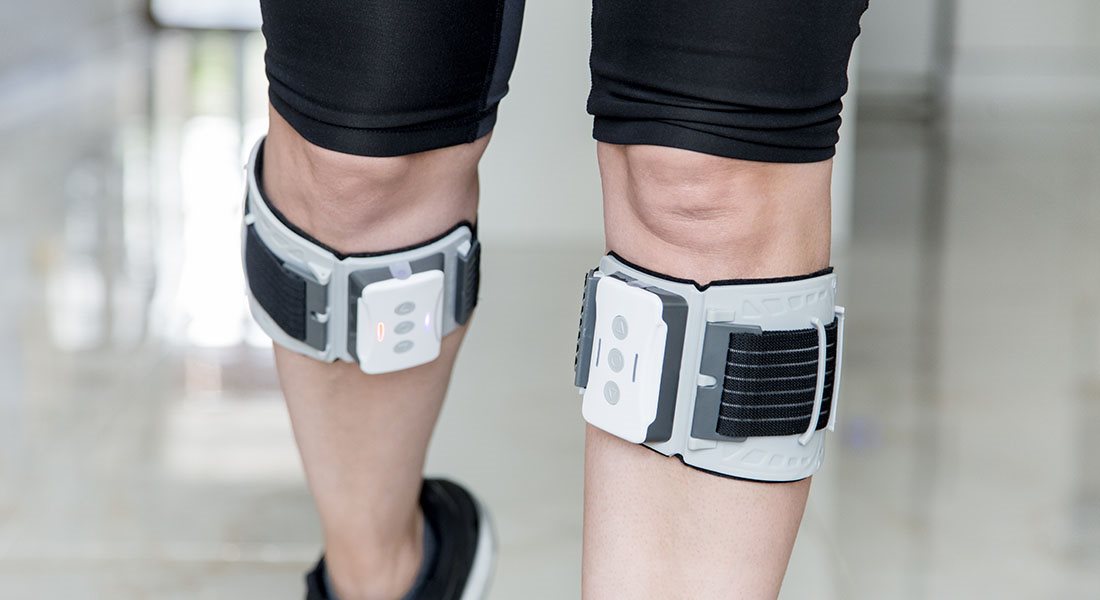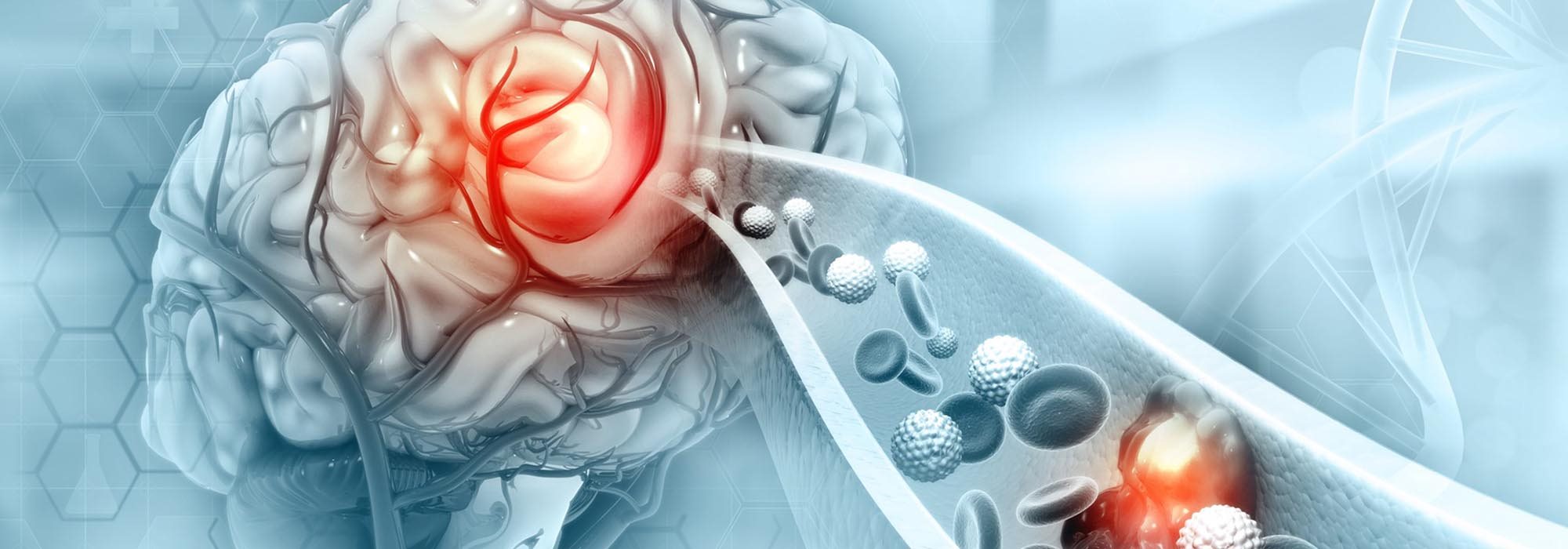
CVA
A stroke (Cerebrovascular Accident or CVA) is often preceded by a significant warning sign known as a ministroke or transient ischemic attack (TIA). These temporary spells are the result of impaired neural function caused by a brief but definite reduction in blood flow to the brain. Depending on the location that is deprived of oxygen and glucose, the symptoms might include difficulty in talking, temporary weakness or paralysis on one side, dizziness,
blurred vision, loss of hearing, and so forth (The Human Nervous System Structure and Function Sixth Edition).
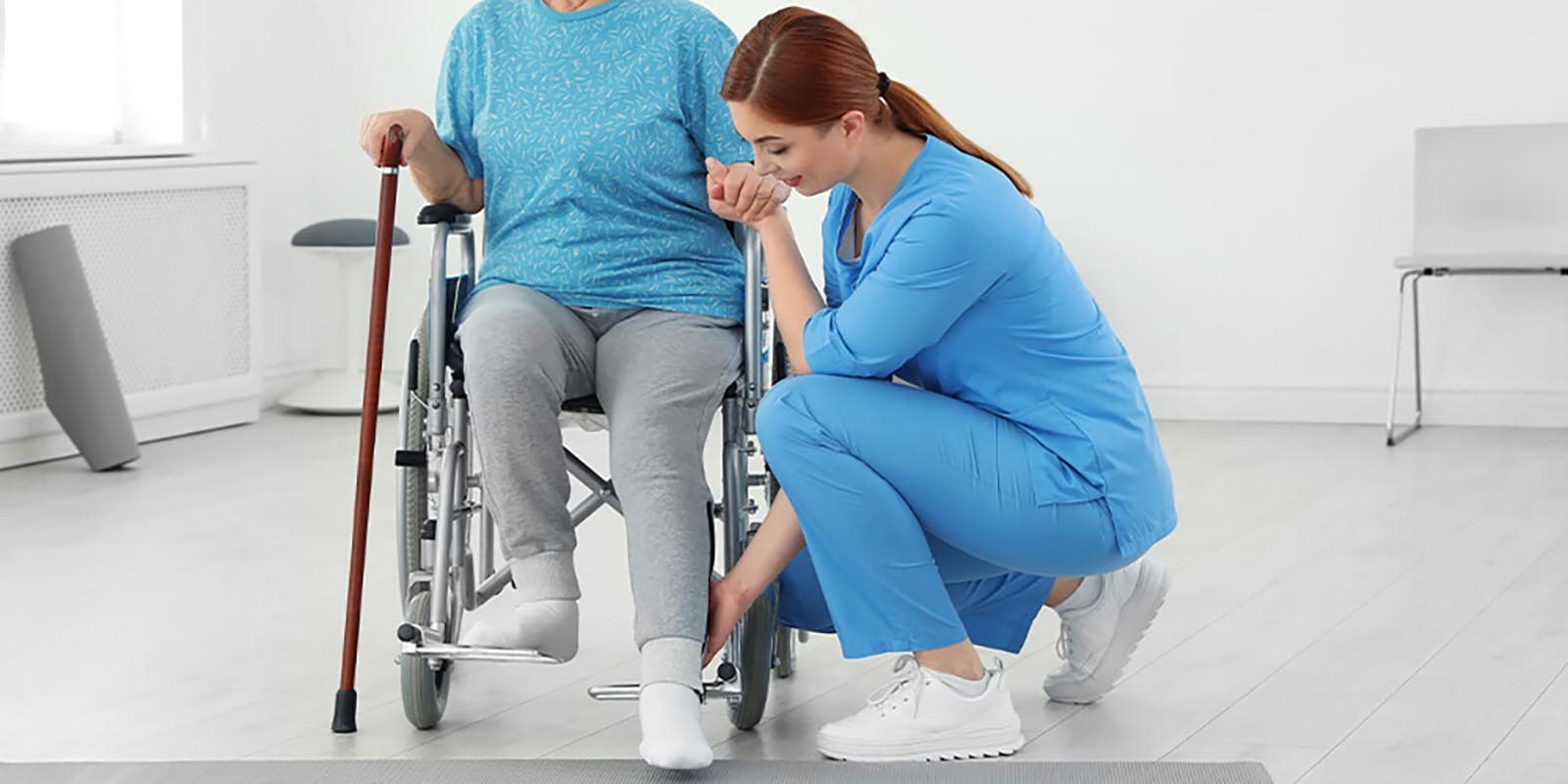
Stroke and Rehabilitation
In the United States, about 800,000 people each year suffer a stroke and approximately two-thirds of these individuals survive and require rehabilitation. Rehabilitation helps someone who has had a stroke relearn skills that are suddenly lost when part of the brain is damaged. Rehabilitative therapy typically begins in the acute-care hospital once the condition has stabilized, often within 48 hours after the stroke.
NErveaide modern rehabilitation devices can help stroke survivors regain their mobility and function such as walking, grasping etc.

